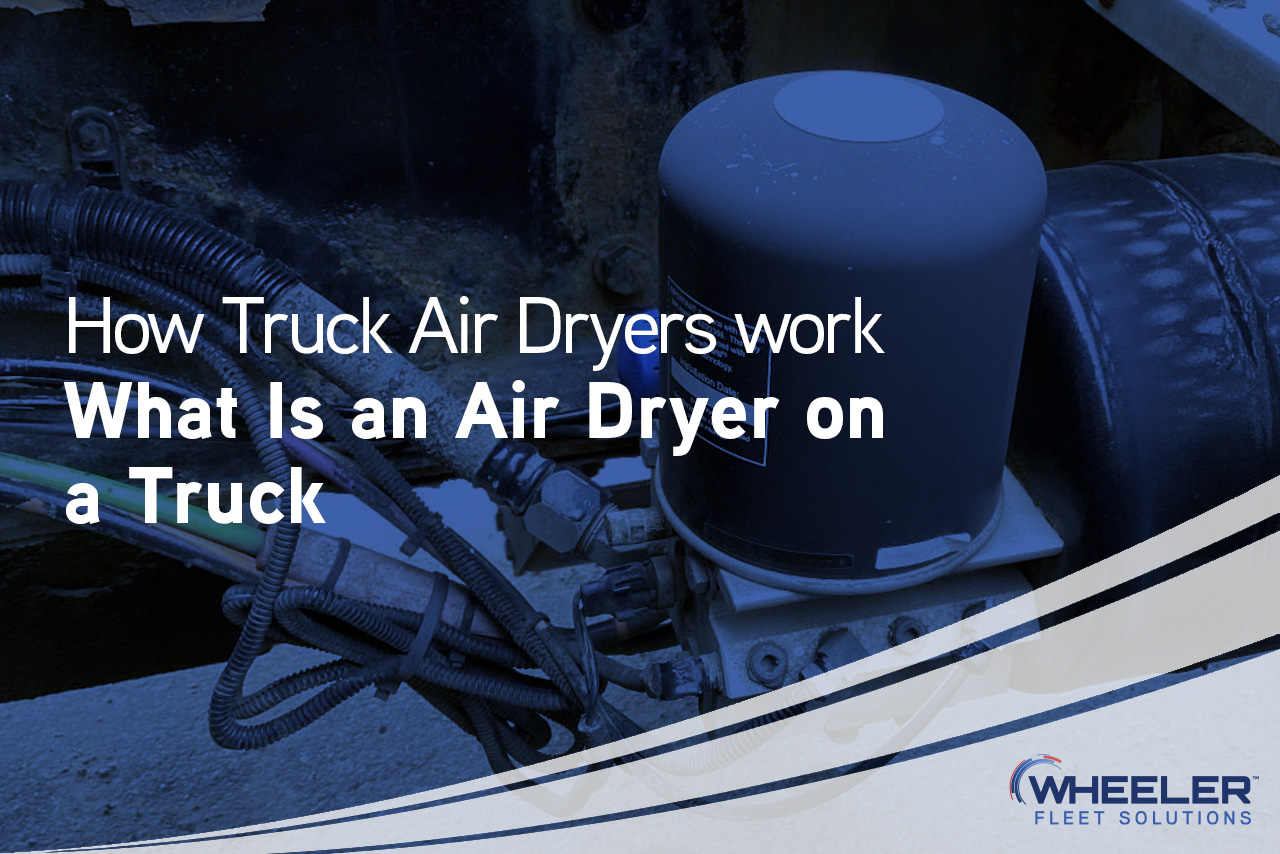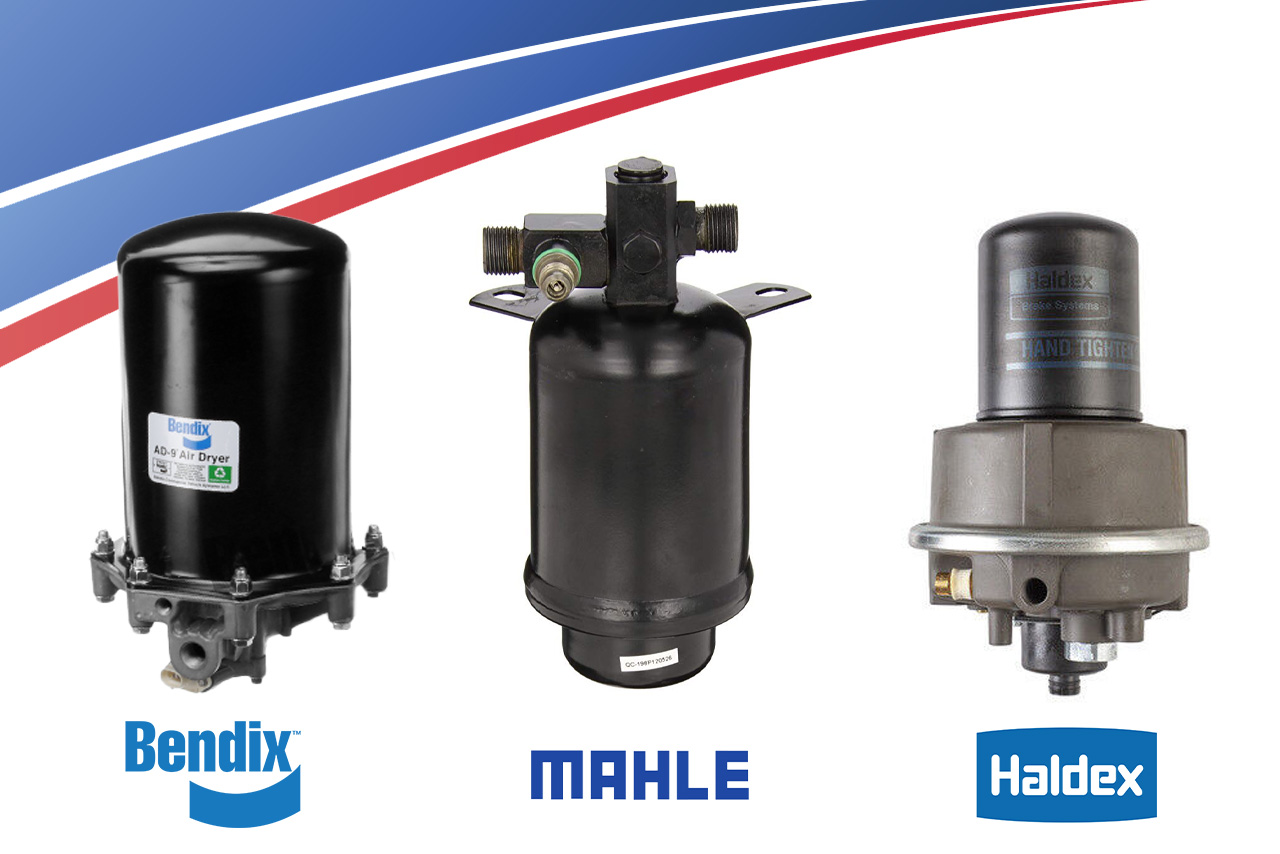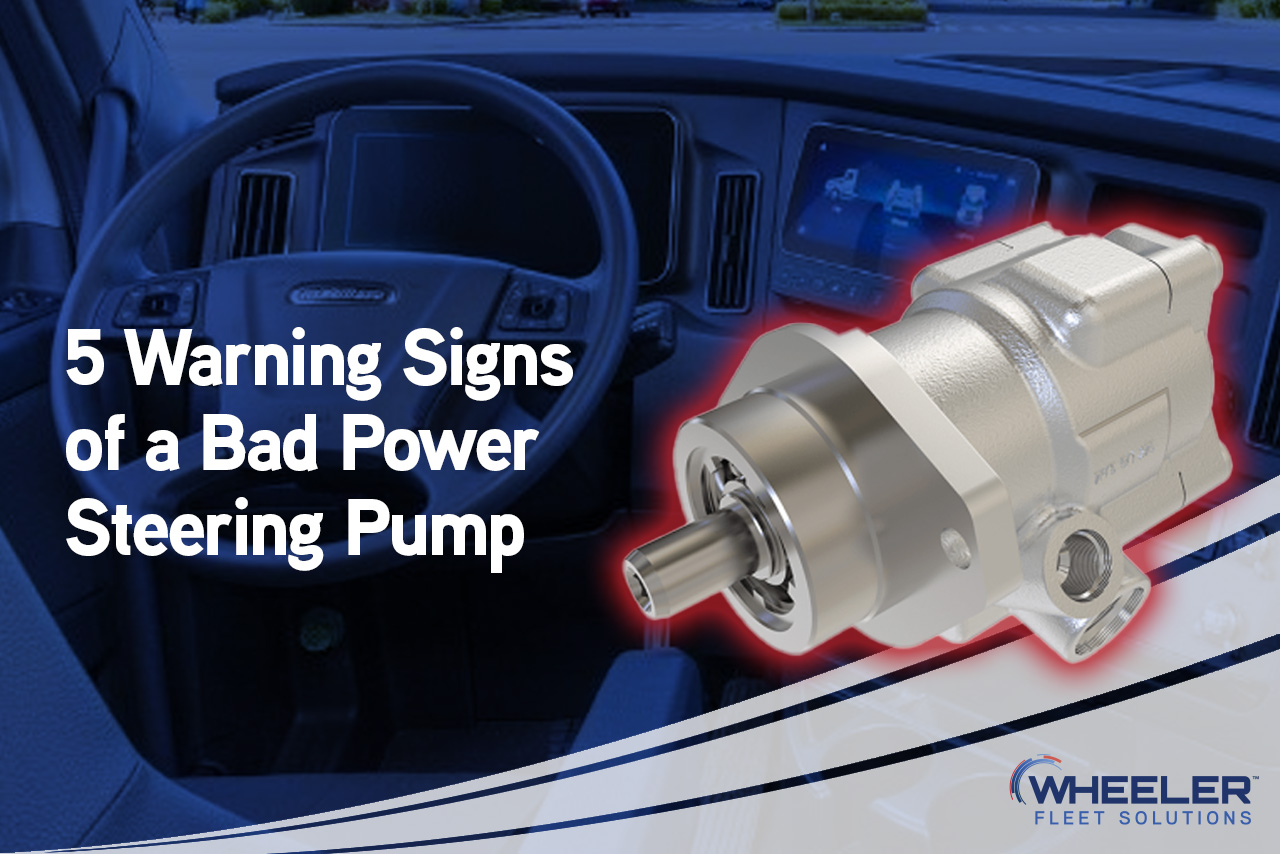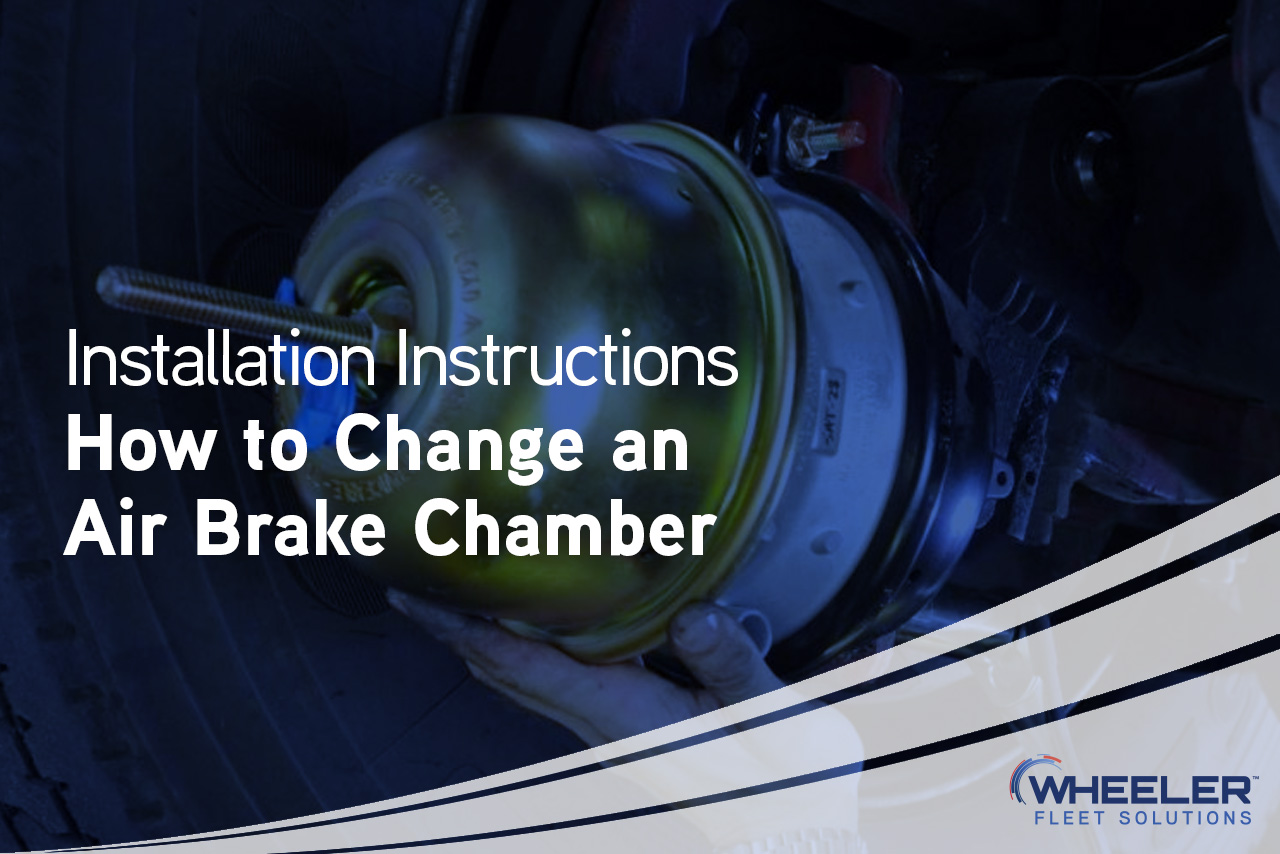
How Truck Air Dryers Work - What Is an Air Dryer on a Truck
Truck air dryers play an important role in the maintenance and operation of commercial vehicles, ensuring that the air used in braking systems is dry and free from contaminants. These components are crucial for the safety and efficiency of trucking operations, as moisture in the air system can lead to brake failure, corrosion, and other significant problems.
Understanding how air dryers work and their importance in vehicle maintenance is essential for anyone involved in the trucking industry, including trucking companies, resellers, and mechanical shops.
We will explore what air dryers are, their key components, how they work, common issues and solutions, maintenance tips, choosing the right air dryer, industry insights, and more.
What is a Truck Air Dryer?
A truck air dryer is an essential component in a truck’s air brake system, designed to remove moisture and contaminants from the compressed air before it reaches the air tanks and valves. This process is important because moisture in the system can lead to freezing in cold weather, causing brake failure or significant damage to the air brake components.
Components
The truck air dryer consists of several key components that work together to ensure the air remains free of moisture and contaminants:
There are two primary categories of Slack adjusters:
- Desiccant Cartridge: This is the heart of the air dryer, filled with a desiccant material that absorbs moisture from the air as it passes through. The desiccant needs periodic replacement to maintain efficiency.
- Inlet/Outlet Ports: These ports are where the compressed air enters and exits the dryer. The inlet receives air from the compressor, and the outlet sends the dried air to the air tanks.
- Purge Valve: The purge valve plays a critical role in the regeneration phase of the air dryer, where it releases the moisture absorbed by the desiccant out of the system, usually in a blast of air when the system depressurizes.
- Check Valve: This valve prevents the backflow of air from the air tanks into the dryer, ensuring a one-way flow of dried air into the system.
- Heater: In colder climates, the air dryer is equipped with a heater to prevent the moisture from freezing within the unit.
- Pressure Sensor: Some advanced air dryers include sensors to monitor the system’s pressure, ensuring the air dryer operates efficiently and only when needed, reducing wear on the desiccant.
The Significance of Truck Air Dryers
Truck air dryers are essential components in the air brake systems of heavy-duty vehicles. Their primary function is to remove moisture and contaminants from the compressed air before it is used in the braking system.
Importance in Air Brake Systems
Air brake systems rely on compressed air to operate effectively. The air compressor draws in air from the environment, compresses it, and then sends it through the air system to power the brakes. However, the process of compressing air increases its temperature, and as it cools, moisture condenses out of the air. Moisture in the air brake system can lead to various problems, such as ice formation in cold weather, which can block air lines and valves, leading to brake failure or reduced braking efficiency.
Air dryers prevent the accumulation of water in the system, which is important for the following reasons:
- Prevention of Water Accumulation: Water in the air tanks can lead to corrosion and premature failure of air brake components.
- Enhanced Safety and Reliability: By ensuring that the air brake system is free of moisture, air dryers contribute to the overall safety and reliability of the truck, preventing brake malfunctions that could lead to accidents.
- Efficiency Maintenance: Dry air ensures that the air brake system operates as designed, without the hindrance of ice or moisture-related blockages, maintaining the efficiency of the braking process.
Moisture Control
The role of moisture control in air brake systems must be balanced. In addition to causing ice formation and corrosion, moisture can dilute the system’s lubricants, leading to increased wear and tear on components. This can result in costly repairs and downtime for the vehicle. Moisture control, facilitated by air dryers, is important for:
- Preventing Brake Freezing: In cold conditions, moisture in the air lines can freeze, blocking the flow of air and preventing the brakes from releasing. This can immobilize a vehicle or, worse, lead to uncontrolled situations on the road.
- Avoiding Corrosion: Moist air is a primary cause of rust and corrosion in metal components. Over time, this can weaken parts of the air brake system, making them more likely to fail.
- Maintaining Component Integrity: Dry air helps to preserve the integrity of rubber seals and other materials within the brake system that can be degraded by moisture.
How Truck Air Dryers Work?
Operating Mechanism
- Air Compression: The journey begins with the air compressor generating compressed air, which is saturated with moisture due to the compression process.
- Initial Filtration: As the compressed air enters the air dryer, it first passes through a filter that removes large particulate matter and oil residue, protecting the desiccant material from contamination.
- Moisture Absorption: The core phase involves the compressed air moving through the desiccant cartridge. The desiccant material actively absorbs moisture from the air, effectively drying it.
- Purge Cycle: Once the air has been dried, it moves towards the air tanks. The air dryer includes a purge mechanism, typically activated by a pressure signal or timer, which releases the moisture and contaminants collected by the desiccant. This process is crucial for regenerating the desiccant and ensuring the dryer’s effectiveness over time.
- Regeneration: In some air dryers, particularly those with a heated purge, a small amount of dried air from the system is redirected back through the desiccant during the purge cycle to help regenerate it, preparing the air dryer for the next cycle of moisture absorption.
Pressure Maintenance
- Preventing Moisture Accumulation: By removing moisture from the air, air dryers prevent the risk of water accumulating in the air tanks, which can lead to pressure inconsistencies.
- Avoiding Freezing: In cold conditions, moisture in the system can freeze, leading to blockages in the air lines and a pressure drop. Dry air minimizes the risk of freezing and related pressure drops.
- Ensuring Component Integrity: Moisture can corrode and damage air system components, leading to leaks and pressure loss. By keeping the air dry, air dryers contribute to the longevity of these components and maintain consistent pressure levels.
Common Issues and Solutions
1. Desiccant Saturation
Over time, the desiccant in the air dryer can become fully saturated with moisture, reducing its ability to dry the air effectively. Signs of saturation include excessive moisture in the air system and frequent purging.
Solution
To prevent desiccant saturation, it’s important to replace the desiccant cartridge at recommended intervals or when signs of saturation appear.
2. Purge Valve Failure
The purge valve releases moisture and contaminants from the air dryer. It can accumulate moisture within the system if it fails to open or close correctly.
Solution
To prevent desiccant saturation, it’s important to replace the desiccant cartridge at recommended intervals or when signs of saturation appear.
3. Leaks
Air leaks in the air dryer can lead to a loss of air pressure in the brake system, reducing its effectiveness. Leaks can occur in the inlet, outlet, or purge valve.
Solution
Conduct regular inspections of the air dryer and associated piping for leaks. Use soapy water to identify leaks and repair or replace damaged components immediately.
4. Blocked Filters
Filters within the air dryer can become clogged with oil, dirt, and other contaminants, restricting airflow and reducing the efficiency of moisture removal.
Solution
Regularly check and clean the air dryer’s filters. Replace them if they are damaged or excessively dirty to ensure unrestricted airflow.
5. Heater or Thermostat Failure
In colder climates, a malfunctioning heater or thermostat can prevent the air dryer from effectively removing moisture, leading to freezing and system blockages.
Solution
In areas where freezing is a concern, regularly test the air dryer’s heater and thermostat to ensure they are functioning correctly. Replace faulty components as necessary to prevent freezing issues.
Implementing these solutions and maintaining a regular maintenance schedule can significantly reduce the risk of common air dryer issues, ensuring the air brake system remains efficient and reliable.
Maintenance Tips
1. Regular Checks
Regular maintenance checks for truck air dryers are essential to ensure the longevity and reliability of the air brake system. These checks help identify potential issues early, preventing costly repairs and downtime. Regular inspections allow for timely replacement of the desiccant cartridge, cleaning of filters, and repairs to leaks or malfunctioning components. Establishing a maintenance routine ensures that the air dryer continues to provide clean, dry air to the brake system, maintaining its efficiency and safety.
2. DIY Maintenance
- Visual Inspections: Regularly inspect the air dryer for any signs of wear or damage. Check for leaks, especially around connections and the purge valve.
- Desiccant Cartridge Replacement: Follow the manufacturer’s guidelines for replacing the desiccant cartridge. This task is typically straightforward and can be done with basic tools.
- Purge Valve Cleaning: The purge valve can be cleaned with compressed air to remove dirt and ensure it operates correctly.
- Filter Maintenance: Check and clean the air dryer’s filters to prevent clogging. Replace the filters if they are too dirty or damaged.
- Listen for Abnormal Sounds: Pay attention to any unusual sounds during the purge cycle, which could indicate issues within the air dryer.
Choosing the Right Truck Air Dryer
When selecting an air dryer for a truck, consider the following factors:
- Air System Capacity: Choose an air dryer that can handle the air volume requirements of your truck’s brake system.
- Operating Environment: Consider the climate in which the truck operates. An air dryer with a built-in heater may be necessary in colder climates.
- Maintenance Requirements: Look for air dryers that are easy to maintain, with readily available replacement parts such as desiccant cartridges and filters.
- Reliability: Opt for air dryers from reputable manufacturers known for durability and reliability.
- Compatibility: Ensure the air dryer matches your truck’s specific make and model.
Types in the Market
Different types of truck air dryers available in the market include:
- Heatless Desiccant Air Dryers: These use a desiccant material to absorb moisture from the air without using heat for the regeneration process.
- Heated Desiccant Air Dryers: These use external heat to regenerate the desiccant, making them efficient in colder climates.
- Refrigerated Air Dryers: Though less common in trucks, they cool the air to condense moisture before reheating to ambient temperature.
- Membrane Air Dryers: These use a membrane that selectively allows moisture to pass through and be vented away, though they are more commonly used in specialized applications.
Choosing the right air dryer involves assessing your truck’s specific needs, operating conditions, and maintenance capabilities to ensure continuous, reliable performance of the air brake system.
Industry Insights
Experts' Opinions
Industry experts agree on the role that air dryers play in maintaining the safety and efficiency of truck air brake systems. These professionals, ranging from engineers to fleet managers, highlight several key points:
- Enhanced Safety: Experts point out that air dryers are not just a supplementary component but a necessity for ensuring the safety of heavy-duty vehicles on the road. By effectively removing moisture and contaminants from the air brake system, air dryers significantly reduce the risk of brake failure, which could lead to severe accidents.
- Operational Reliability: Reliability is paramount in the trucking industry, where downtime can result in significant financial losses. Industry veterans emphasize that air dryers contribute to the operational reliability of trucks by preventing moisture-related degradation and malfunction of air brake systems.
- Cost Savings: From a financial perspective, its long-term savings justify the initial investment in a high-quality air dryer system. By reducing the need for repairs and extending the lifespan of air brake components, air dryers help fleet operators save on maintenance costs.
Regulatory Compliance
- Federal Motor Carrier Safety Regulations (FMCSRs): In the United States, the Federal Motor Carrier Safety Administration (FMCSA) sets forth regulations that indirectly affect the use of air dryers through its requirements on air brake systems. While the FMCSA does not explicitly mandate air dryers, the regulations require that air brake systems must be maintained to ensure safe operation, which air dryers can facilitate.
- European Union Regulations: Similar to the U.S., the European Union has its own set of regulations governing commercial vehicle safety. EU regulations focus on vehicle safety and environmental standards, which include ensuring that air brake systems are properly maintained. Although not explicitly stated, using air dryers contributes to compliance with these safety standards.
- ISO Standards: The International Organization for Standardization (ISO) provides guidelines for quality and safety in various industries, including transportation. ISO standards related to air quality and vehicle safety can apply to air dryers, emphasizing their role in maintaining clean, dry air in brake systems.
Recap
Understanding and maintaining truck air dryers is important for commercial vehicles’ safety, efficiency, and longevity. These components are essential for properly functioning air brake systems, ensuring they are free from moisture and contaminants. Regular checks and maintenance can prevent common issues and extend the life of air dryers, contributing significantly to overall vehicle performance.
Wheeler Fleet Solutions offers a comprehensive range of quality truck air dryers and hydraulic brakes, slack adjusters, and air brakes to meet all your fleet maintenance needs. Trusted by over 700 stock rooms and thousands of B2B customers across the United States, WheelerFleet stands out for its reliability and quality, ensuring your vehicles operate smoothly and safely.
For specific needs related to air dryers, check out our Air Brake products and Slack Adjusters to keep your fleet in top condition.


